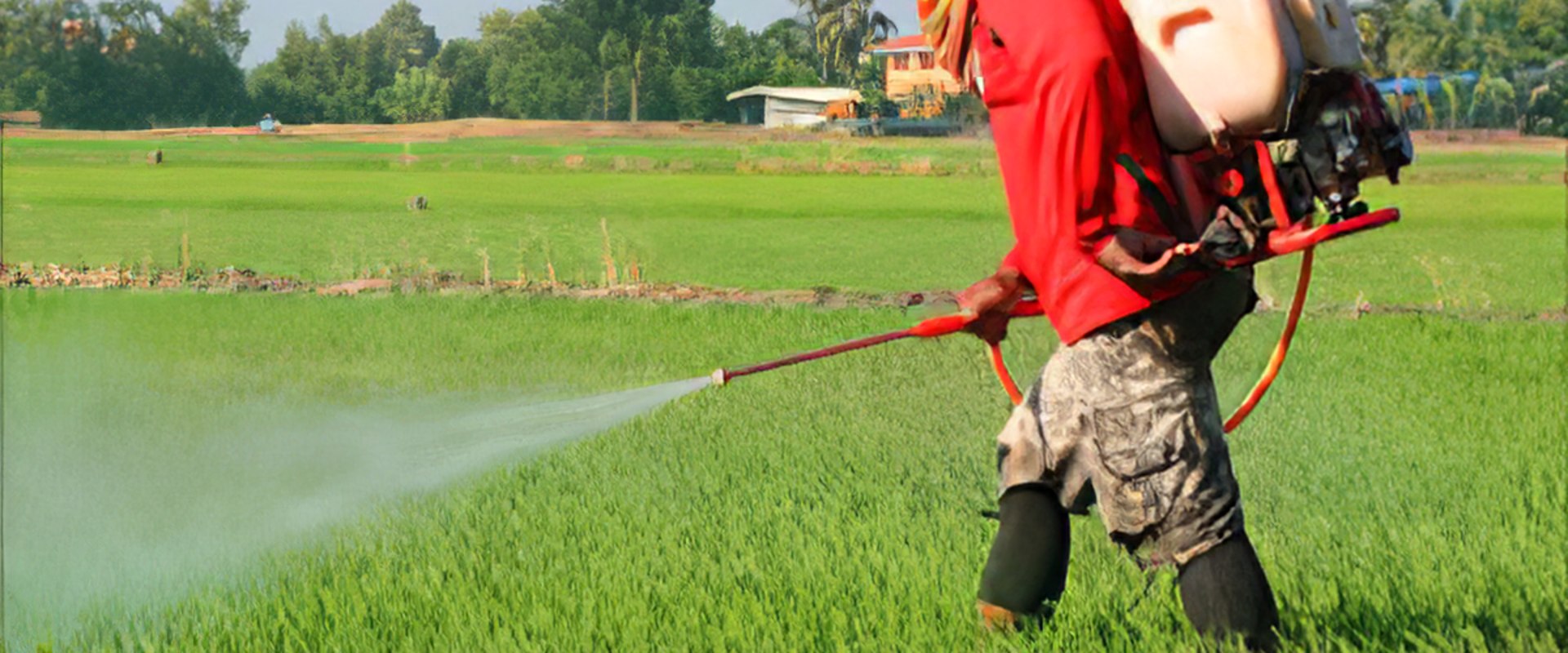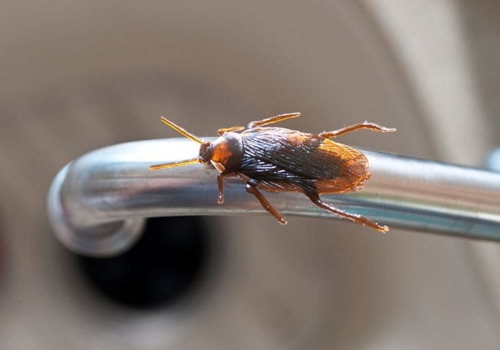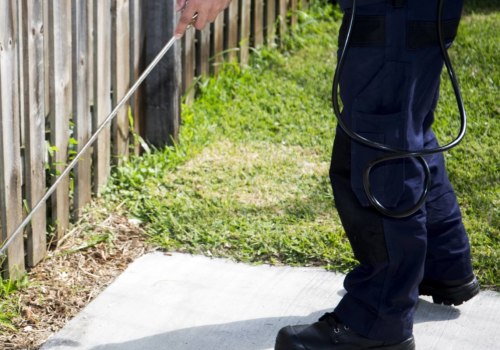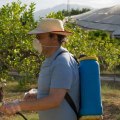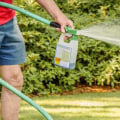Pest control is essential for maintaining a healthy and safe living environment, but concerns about the toxicity of pesticides and their impact on human health are common. Many traditional pest control methods rely on chemical treatments that effectively eliminate insects, rodents, and other pests, but these substances can sometimes pose risks to humans, especially when not used properly. The level of toxicity depends on the type of pesticide, the concentration used, and the duration of exposure. While modern pest control has become increasingly regulated to minimize health hazards, it is important for homeowners and businesses to understand the potential risks and take appropriate precautions when dealing with pest control treatments.
Understanding Pesticide Toxicity
Pesticides are designed to target specific pests, but they can also have unintended effects on humans if misapplied or overused. Some chemical pesticides contain compounds that can cause irritation, allergic reactions, or more serious health concerns if inhaled or absorbed through the skin. The level of toxicity varies depending on the active ingredients used. For example, organophosphates and carbamates, commonly found in older pest control products, can interfere with the nervous system and pose a greater risk to humans, especially children and pets. Newer pesticides have been formulated to be less harmful, and many are designed to break down more quickly in the environment, reducing long-term exposure risks.
Short-Term and Long-Term Health Effects
Short-term exposure to high concentrations of certain pesticides can lead to symptoms such as dizziness, headaches, nausea, and skin irritation. In rare cases, prolonged or excessive exposure to toxic pesticides may contribute to more serious conditions, including respiratory issues and neurological effects. Those who handle pesticides regularly, such as exterminators and agricultural workers, are at a higher risk and typically follow strict safety protocols to minimize exposure. Homeowners using store-bought pesticides should always follow instructions carefully, wear protective gear, and ensure proper ventilation when applying treatments indoors.
Safer Pest Control Alternatives
With growing concerns over chemical exposure, many pest control companies and homeowners are turning to safer alternatives, such as eco-friendly pest management solutions. Natural and biological pest control methods use non-toxic treatments, essential oils, and organic compounds to deter pests without harming humans or the environment. Integrated Pest Management (IPM) is another effective strategy that focuses on prevention, habitat modification, and the use of minimal-risk treatments to control pest populations. Companies like ecoPest Management specialize in environmentally responsible pest control, utilizing methods that are safe for families while effectively addressing pest issues. These approaches are particularly beneficial for households with young children, pets, or individuals with sensitivities to chemicals.
Regulatory Measures and Safety Guidelines
Government agencies such as the Environmental Protection Agency (EPA) regulate the use of pesticides to ensure they meet safety standards for human exposure. Pest control professionals must adhere to strict guidelines regarding pesticide application, storage, and disposal to protect public health. Many states require pest control operators to be licensed and trained in the proper use of pest management products, further reducing the risk of accidental exposure. Homeowners can also take precautions by choosing pest control services that prioritize low-toxicity solutions and following safety recommendations, such as waiting the recommended time before re-entering treated areas.
Conclusion: Balancing Effectiveness and Safety
Pest control is a necessary part of maintaining a pest-free home, but concerns about toxicity should not be overlooked. While some chemical treatments can pose health risks when used improperly, modern pest control methods have evolved to offer safer and more environmentally friendly options. By choosing non-toxic or low-toxicity solutions, following safety guidelines, and working with professional pest control companies that prioritize human and environmental health, homeowners can effectively manage pests without unnecessary exposure to harmful chemicals. As awareness of eco-friendly pest control grows, more consumers are opting for sustainable alternatives that provide peace of mind while keeping homes and businesses pest-free.
